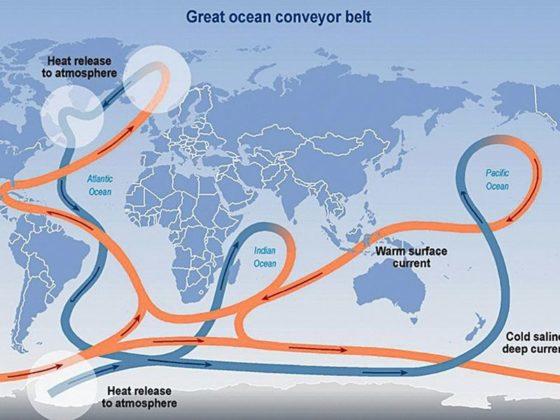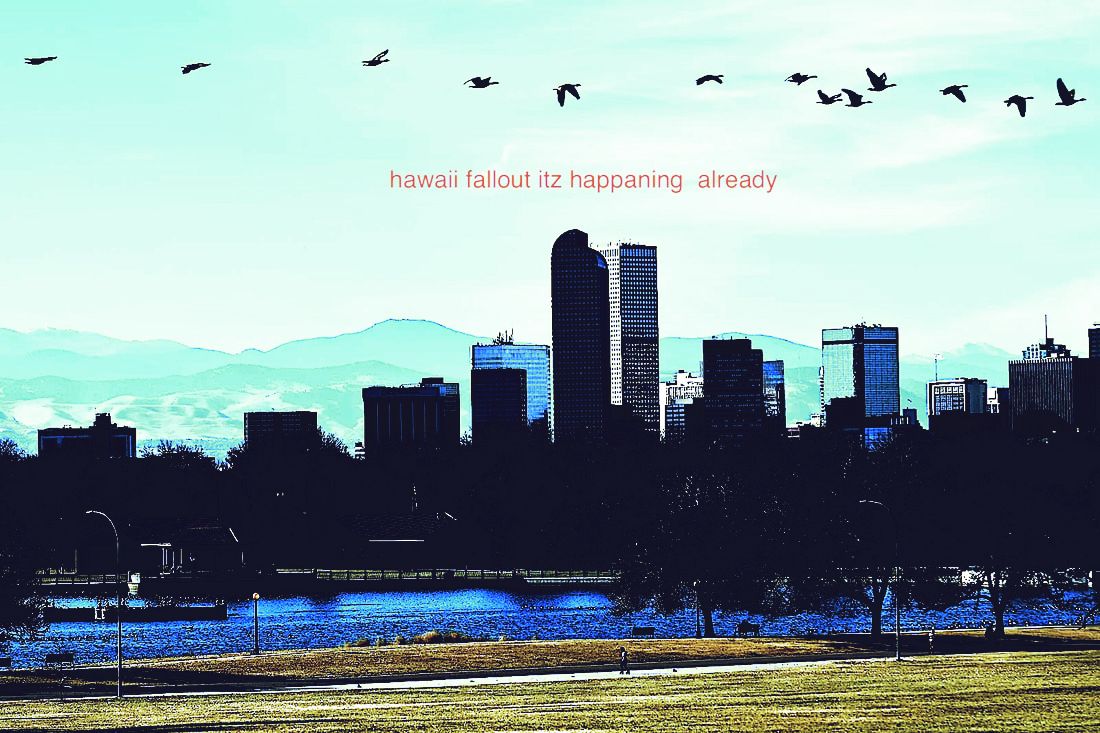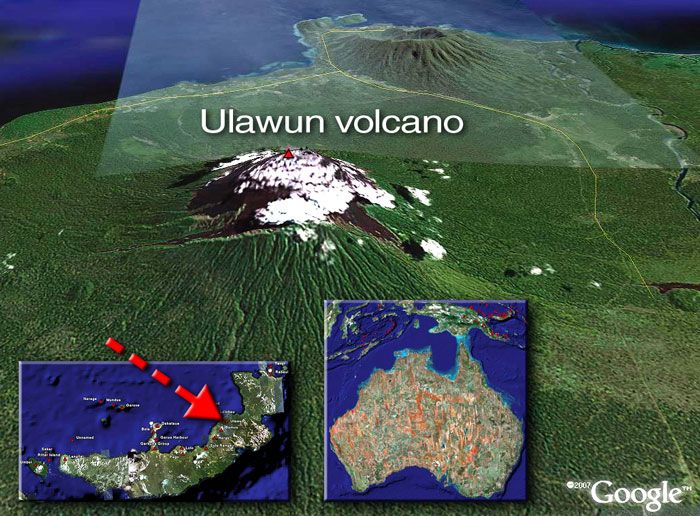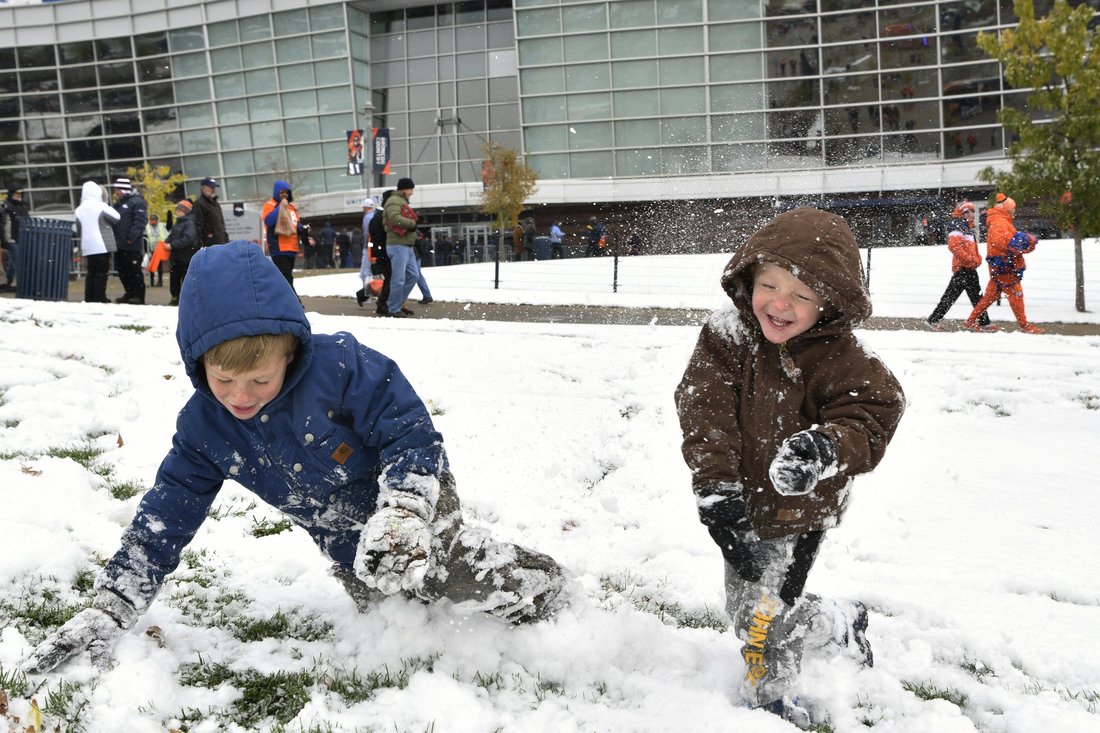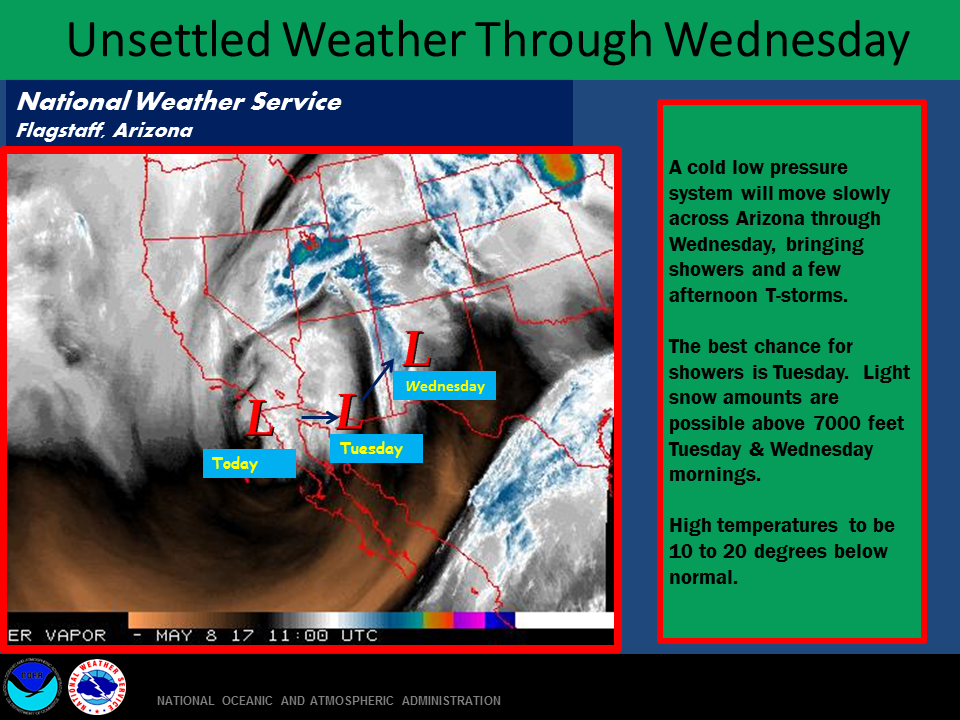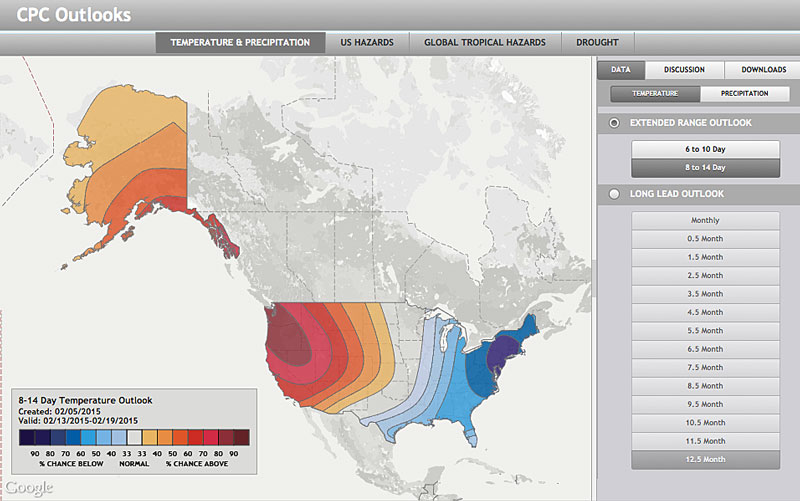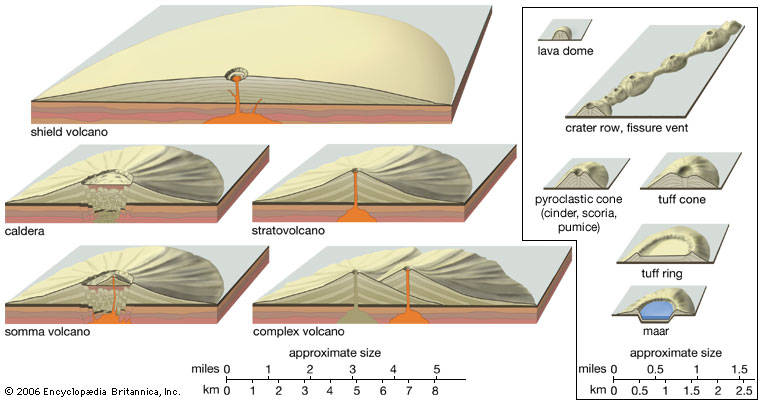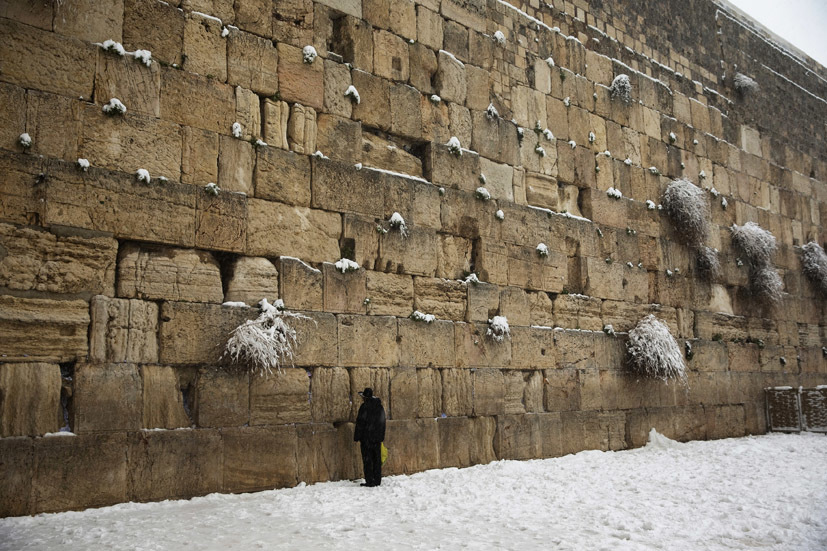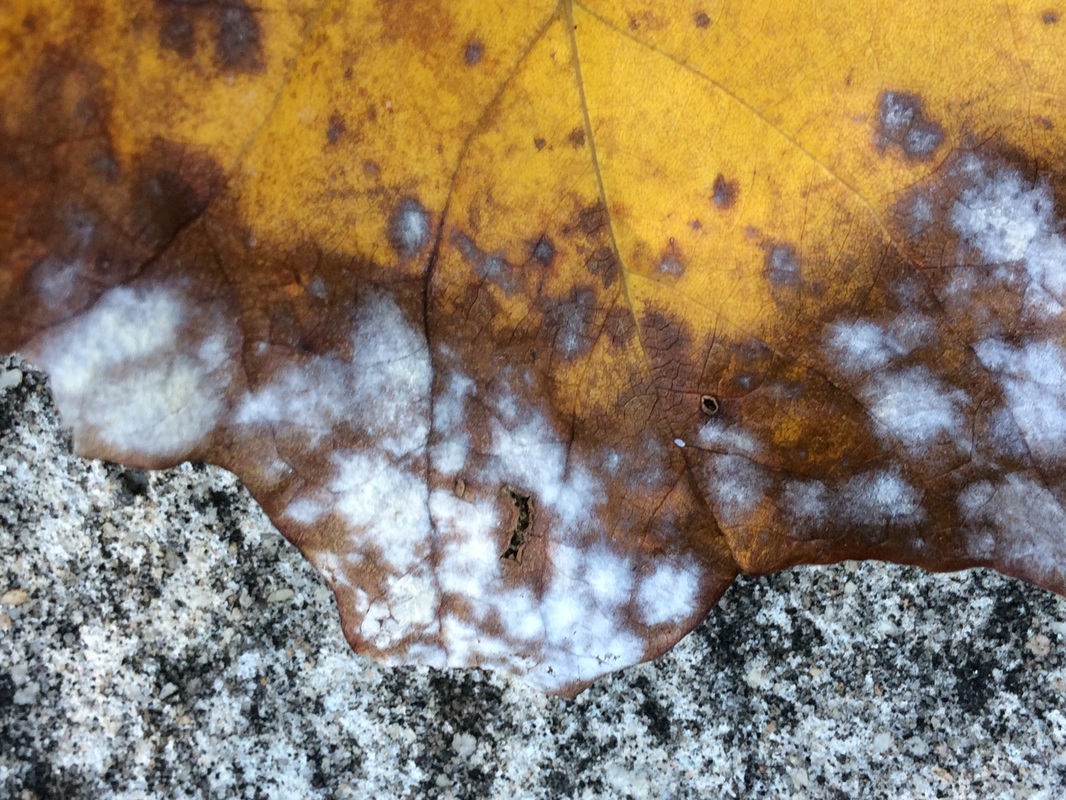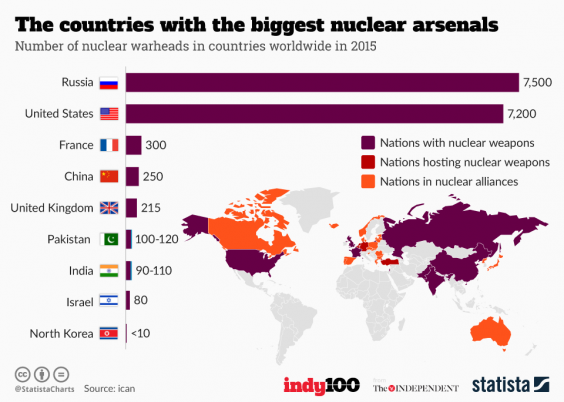This animation shows how great bands of sodden tropical air, known as atmospheric rivers, move around the globe. One tongue of this moisture-laden air is seen traveling from the tropics toward the West Coast of North America. More accurately predicting the landfall of these atmospheric rivers a week or two in advance is an important part of improving medium-range weather forecasting in a warming world. (Image credit: University of Wisconsin/SSEC/CIMSS)
Hawaii volcano update: Kilauea eruption sets RECORD - new lava land mass grows
Can you tell what season this iz and where in the world iz the snowing @.
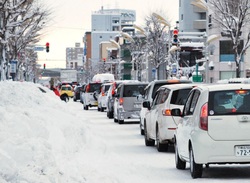
Tokyo (AFP) - Energy-saving LEDtraffic lights seemed like a cool way to cut back on electricity costs, but Japanese police said Monday they might just be too cool -- because they don't melt snow.
Light-emitting diodes (LEDs) account for around 45 percent of all of Japan's stop-and-go signals and that proportion is growing as local authorities cotton on to their economising possibilities compared with regular incandescent lights.
But in wintery northern Japan the lights have encountered a problem -- drivers can't see them because they don't get warm enough to melt accumulated snow.
Akira Kudo of Aomori Prefectural Police said snow has to be removed manually between December and mid-February during blizzards.
"We don't have enough staff members to remove snow as more and more LED lights are being introduced," he said.
LED lighting is becoming ever more popular in public and private spaces because of its lower energy consumption.
The technology has been big news in Japan since three local-born physicists won the Nobel Prize last year for the development of the blue LED, the breakthrough that led to the white LED now commonly used worldwide.
Light-emitting diodes (LEDs) account for around 45 percent of all of Japan's stop-and-go signals and that proportion is growing as local authorities cotton on to their economising possibilities compared with regular incandescent lights.
But in wintery northern Japan the lights have encountered a problem -- drivers can't see them because they don't get warm enough to melt accumulated snow.
Akira Kudo of Aomori Prefectural Police said snow has to be removed manually between December and mid-February during blizzards.
"We don't have enough staff members to remove snow as more and more LED lights are being introduced," he said.
LED lighting is becoming ever more popular in public and private spaces because of its lower energy consumption.
The technology has been big news in Japan since three local-born physicists won the Nobel Prize last year for the development of the blue LED, the breakthrough that led to the white LED now commonly used worldwide.
09 FEB 2015: ANALYSISAs Extreme Weather Increases,
A Push for Advanced ForecastsWith a warmer atmosphere expected to spur an increase in major storms, floods, and other wild weather events, scientists and meteorologists worldwide are harnessing advanced computing power to devise more accurate, medium-range forecasts that could save lives and property.by cheryl katz
Like a pipeline in the sky, the plume of sodden tropical air advanced mile-high above the Pacific Ocean, heading toward the California coast. This “atmospheric river” — a long, narrow band of concentrated water vapor — carried the moisture equivalent of about 15 Mississippi Rivers. When it made landfall, it dumped a massive amount of rain on the densely populated stretch of California from San Francisco to Los Angeles, unleashing floodwaters, causing landslides, and cutting off power to hundreds of thousands of homes and businesses.
Atmospheric rivers fuel some of western North America’s most intense and destructive winter storms, and this one, slamming California last December, was a big one. But despite nearly a foot of rain in some places, damage was considerably less than it could have been, thanks to forecasts that pinpointed the storm’s course a week before it struck, giving communities time to prepare.
“I think that [forecast] was a home run,” said Mike Dettinger — a research hydrologist with the U.S. Geological Survey (USGS) and Scripps Institution of Oceanography in La Jolla, California — who studies atmospheric rivers. “That is how we feel the forecasts ought to work for us now.”
A Push for Advanced ForecastsWith a warmer atmosphere expected to spur an increase in major storms, floods, and other wild weather events, scientists and meteorologists worldwide are harnessing advanced computing power to devise more accurate, medium-range forecasts that could save lives and property.by cheryl katz
Like a pipeline in the sky, the plume of sodden tropical air advanced mile-high above the Pacific Ocean, heading toward the California coast. This “atmospheric river” — a long, narrow band of concentrated water vapor — carried the moisture equivalent of about 15 Mississippi Rivers. When it made landfall, it dumped a massive amount of rain on the densely populated stretch of California from San Francisco to Los Angeles, unleashing floodwaters, causing landslides, and cutting off power to hundreds of thousands of homes and businesses.
Atmospheric rivers fuel some of western North America’s most intense and destructive winter storms, and this one, slamming California last December, was a big one. But despite nearly a foot of rain in some places, damage was considerably less than it could have been, thanks to forecasts that pinpointed the storm’s course a week before it struck, giving communities time to prepare.
“I think that [forecast] was a home run,” said Mike Dettinger — a research hydrologist with the U.S. Geological Survey (USGS) and Scripps Institution of Oceanography in La Jolla, California — who studies atmospheric rivers. “That is how we feel the forecasts ought to work for us now.”
how and y nuclear winters start Volcanos ?
Now on mars 2030 Can we @lest live on A SPACESTAION FIRST
Videos on recent eruptions
jerusalem
Click to set custom HTML

